Garden for Free

by
Flawless C Designed
(IC: blogger)
1 Material
$5
1 Hour
Easy
Before I got serious about it, I used to spend as much money or more on plants/veggies and supplies to grow a few meager plants in my mini backyard garden as I would have buying the few things I grew at the grocery store. While this was still rewarding (being outside, growing something...), I really wanted to get better!
Three things that have made all the difference, composting and rain collection and raised garden beds.
So my goal in planning for spring 2018, was to see what I could create out of pretty much zero spend. I collected seeds from veggies I had on hand, and used them to sprout seedlings, tried propogating existing plants and found interesting ways to use compostable household items like egg cartons and cardboard toilet paper rolls instead of purchasing nonessentials at the hardware store.
Here I trimmed off the small notched side of the carton and taped it to the top, so it could be used as another "tray".
Then I filled both pieces with potting soil and a little compost.
I saved a few toilet paper rolls and cut them in half, to use as additional sprouting trays.
I like to put all these on a waterproof tray, it's easier to keep them moist and contains the mess when they leak...
Be careful if you are a cat owner, these trays look like mini cat boxes to them . My first batch was destroyed...
. My first batch was destroyed...
 . My first batch was destroyed...
. My first batch was destroyed...There are a ton of great resources online for growing things from seed, scraps or existing plants. Here I used cherry tomatoes from last fall to sprout my new tomato plants. I had to harvest them late November, even the green ones and they took their time ripening...so much so that I even had a few left last month. I cut each tomato in half, placed in the soil with the exposed cut edge up, then covered with 1/2 inch of soil. Water well and cover with saran wrap for the first week or so...being careful to keep the soil moist.
In a few weeks, you will have your mini plants. Take care not to replant them until they are 3 to 4 inches tall.
I'm always trying to reduce cost, water usage (other than rain water) and grow more edibles. Sprouting additional plants from the ones you already have is a no brainer. In this picture, I have taken cuts from my existing rosemary plants and planted them directly into soil. I did see on some websites, professionals recommend a sprouting compound be used on the end that will go into the soil. I did not use this and mine are doing fine. But it would probably speed things a long.
This is celery grown from kitchen scraps. Start by taking the base of the celery plant, place in a shallow dish or jar of water so the bottom of the plant can drink. Within a few weeks, the plant will start to grow from the top and can be replanted outdoors.
Here is a picture of my thriving kale and swiss chard plants. These hardy vareities grow year round in Texas. A few others that do well and do not need replanting is sage, rosemary and most sweet potato vines.
After I harvest my cabbages, it will be time to plant my seedlings!
Enjoyed the project?
Suggested materials:
- Potting soil

Want more details about this and other DIY projects? Check out my blog post!
Published March 13th, 2018 1:27 PM



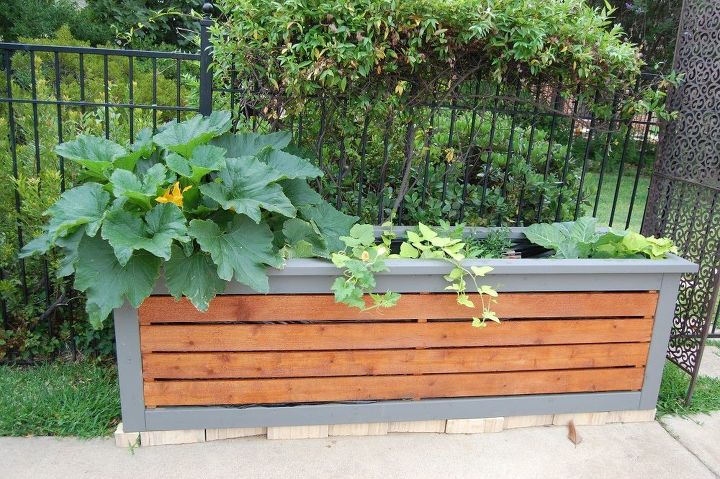











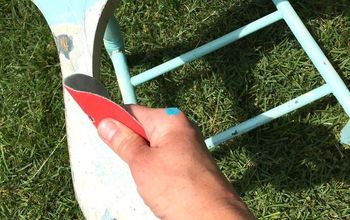
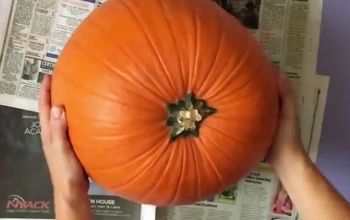




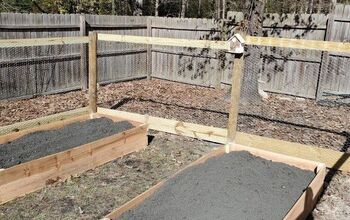

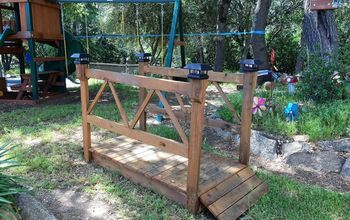
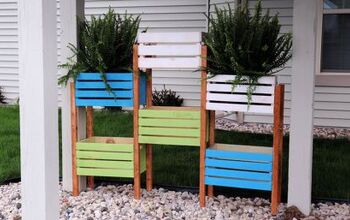



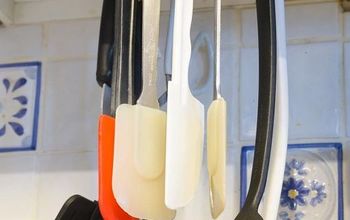
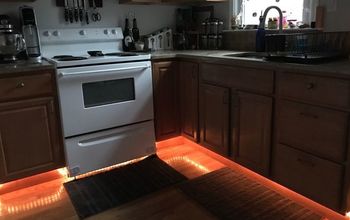




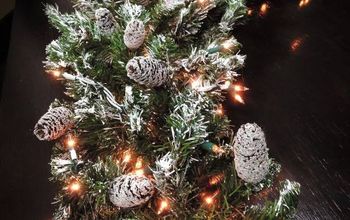



Frequently asked questions
Have a question about this project?